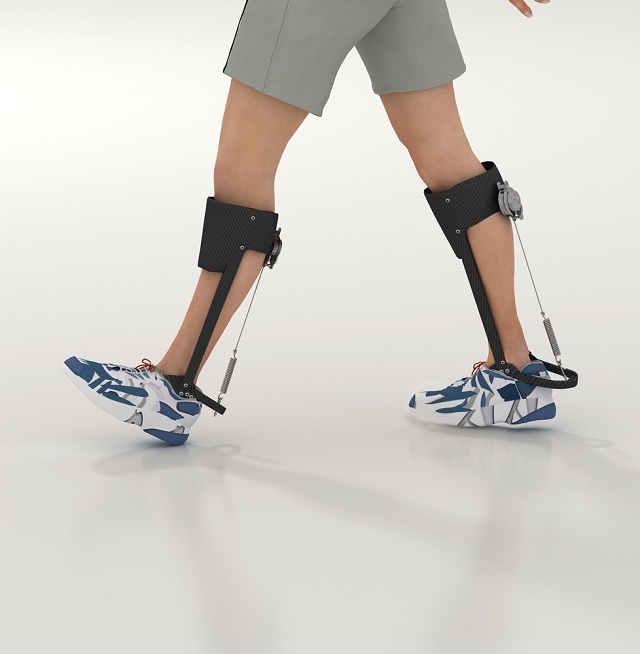May 16 2016
Harvard University researchers have invented a new flexible exosuit, which lowered the energy expenditure of walking while carrying heavy weight, according to the proof-of-principle study featured in the open access Journal of NeuroEngineering and Rehabilitation.
 Image Credit: Nicolas Primola | Shutterstock.com
Image Credit: Nicolas Primola | Shutterstock.com
The team discovered that this suit reduced the quantity of energy usage when walking with heavy load - the metabolic expenditure - by around 7.3%. This suit also considerably reduced the work performed by ankle, knee and hip joint, without influencing length or step frequency. The movements of ankle, knee and hip of walkers carrying a load while being supported by the suit were found to be similar to the movements measured when walking without a load. This suggested that the suit does not interfere with the wearers' movements, but enables them to gain a walking profile similar to that of people walking without carrying a load.
Textiles were used by Harvard researchers to develop a substitute to hard exoskeletons, which are heavier in weight and can obstruct the joints’ natural movement, making the wearer alter their way of walking. This suit contains a waist belt, two calf straps, and two thigh pieces, joined to two motors through cables and placed on a backpack. The energy produced from the motors travels along the cables to the exosuit which transmits it to the wearer. The exosuit is activated only when it perceives a walking movement. It helps the ankle and hip joints, which contribute together around 80% of the power created by the leg joints while walking.
Our results demonstrate for the first time that an autonomous soft exosuit can reduce the energy expenditure experienced by load carriers, possibly enhancing their overall gait performance. Apart from assisting load carriers, we are exploring how the soft exosuit can be used to assist individuals with impaired movement, paving the way for the use of this technology in a wide range of people.
Conor Walsh, Corresponding Author
According to the researchers it is vital that a device that aids loaded walking pays for its own weight. This means that although the wearer carries the excess load of this suit, the entire metabolic expenditure of walking is reduced to a large extent. To detect if this was the issue, the researchers analyzed their exosuit in three different situations. The unpowered situation included study members wearing the exosuit and a complete backpack with the suit switched off. The powered situation included members wearing the exosuit and a complete backpack with the suit switched on. The third situation was utilized as a reference, keeping the suit switched off and removing the equal weight of the suit (6.5kg) from the backpack.
Seven skilled load carriers who did not had any injuries, muscular diseases, or joints and bone disorders, walked at a steady speed of 1.5 m per second on a treadmill, while carrying a load of about 30% of their body weight. The researchers then checked the participants' kinetics (forces that affect the body movements), metabolism, and kinematics (for example: flexion, rotation or extension of muscles and joints). Additionally, the researchers monitored the participants' breathing, posture and muscular activity.
Earlier research about the actions of load carriers indicated that the lower leg muscles were required to work harder while walking with a load to withstand the load and maintain the balance of the joints. The ensuing higher muscular activity is accompanied with a rise in metabolic cost. This leads to fatigue, reduced maneuverability, and a total reduction in performance. Acute medical difficulties and a high risk of injury are also linked with loaded walking.
According to the scientists, the instrument could be beneficial to people who regularly carry heavy loads, like soldiers, hikers or first responders. It might also be useful for people with physical disabilities.
Although the overall work done by the ankle, knee and hip joints was shown to be reduced to a great extent, only slight differences were observed in muscular activation. The researchers proposed that more research is required to comprehend the fundamentals of specific muscle mechanisms, and to check whether the support provided by this suit, if centered on one joint or if commonly used across multiple joints, is most effective.